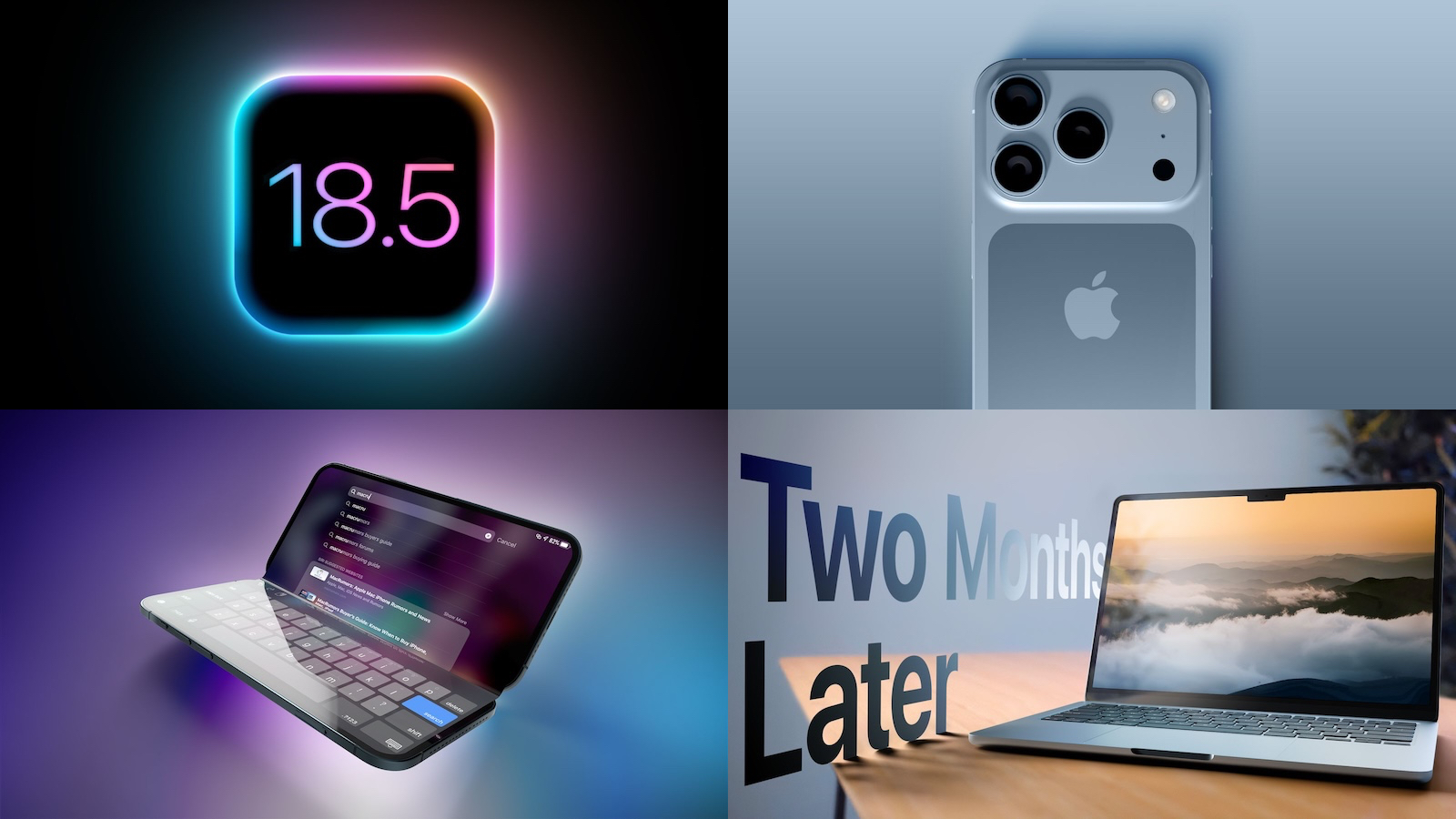Microsoft is developing tech that would let users write with their eyes, a huge win for accessibility
[[{“value”:”
Microsoft published a new patent for a device called the Eye-Gaze, which would allow users to communicate and interact with electronic devices without the use of hands and fingers for typing. This could potentially be a great technology for accessibility purposes.
It uses what’s referred to as ‘dwell-free’ technology, which means that typing is done by using eye movements with keys on a screen. The ‘dwell-free’ namesake comes from the fact that the user wouldn’t have to maintain or ‘dwell’ eye contact with a key for a prolonged time, reducing eye strain.
According to Windows Report, the accessory would use AI tools like predictive text and machine learning to predict words, either by a visual trace across the keyboard or by looking at the first and last letters of the word and letting the device predict it. This device would be able to work on phones, tablets, and PCs and can be used for text messaging, email, web browsers, search engines, and any other applications with text input options.
You can also use it to interact with applications in other ways, like using the Eye-Gaze to click on a button in a web browser. It could also let users adjust settings like audio volume or brightness through eye movements. There are a multitude of ways this device can interact with other devices.
Microsoft could have an accessible hit on its hands
The only other peripheral that comes to mind that’s remotely similar to the Eye-Gaze is the Apple Vision Pro, but that’s in a mixed reality setting which still requires some hand movements. While it was reviewed quite well by TechRadar and others, it’s still not fully accessible and falls short of what the Eye-Gaze could potentially accomplish.
Being able to type with only eye movements would benefit so many people with disabilities with a wide variety of conditions that either hamper or completely eliminate hand movements. This would especially be useful for those with hand tremors, arthritis, neck-down paralysis, physical tics, and more.
And this isn’t Microsoft’s first rodeo when it comes to accessibility accessories either, as they released the excellent Microsoft Adaptive Accessories. And not only are they functional but very affordable due to being 3D-printed. Not to mention the groundbreaking Xbox Adaptive Controller, which was the first accessibility-friendly console and PC controller years before any mainstream company was paying attention to the accessibility space.
So with the Eye-Gaze, Microsoft is continuing to take the lead with these kinds of technologies that help make computing even more accessible. It’s great that Microsoft has been investing in accessible peripherals and hopefully, this won’t be the last technology like this that the company develops, as it’s an incredibly vital market share that’s been underdeveloped and under-invested in.
You might also like
I can’t believe I’m saying this, but I like Microsoft Word’s new default fontForget ChatGPT — this new Microsoft Copilot wants to solve your job problemsMicrosoft’s Edge browser is now more popular than ever – but why
“}]]






